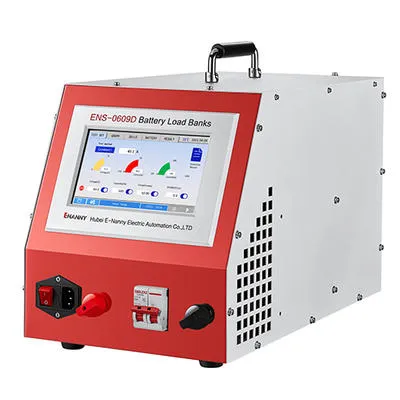In an era of rapid advances in battery technology, batteries have become a ubiquitous form of energy storage, used in a variety of devices and industries, from smartphones to electric vehicles to renewable energy systems. Battery performance and stability are critical to the operation of equipment and the reliability of energy systems. To ensure high quality and long life of batteries, scientists and engineers rely on advanced battery discharge test system. Now we will introduce to you the key role of battery discharge testing system and its application in different fields.

1. Introduction to battery discharge test system:
The battery discharge test system is a special equipment used to evaluate battery performance. They simulate the discharge process of batteries in real applications to measure key parameters such as battery capacity, efficiency, cycle life and stability. These systems typically include test equipment, controllers, and data analysis tools that provide detailed performance reporting.
2. The key role of the battery discharge test system:
1). Performance evaluation: Accurate evaluation of battery performance is critical to the R&D and manufacturing process. By simulating actual usage conditions, the battery discharge testing system can determine the battery's energy density, discharge rate, charge/discharge efficiency and other parameters to help develop higher-performance batteries.
2). Life test: Battery life is a key factor in the reliability of equipment and systems. Battery discharge testing systems can simulate different usage scenarios, including charge and discharge cycles, to evaluate battery life and performance degradation.
3). Trouble diagnosis: The battery may have problems during use, such as overheating, short circuit or capacity reduction. The test system can monitor the status of the battery and provide alerts when problems occur, helping to detect and resolve faults in a timely manner.
4). Product improvement: By regularly testing battery performance, manufacturers can obtain feedback on product quality, thereby improving the design and manufacturing process and improving product performance and reliability.
3.Application fields of battery discharge test system:
1). Electric vehicle industry: The performance and endurance of electric vehicles directly depend on battery performance. Manufacturers use battery discharge testing systems to evaluate and improve battery pack performance to provide longer range and greater safety.
2). Renewable energy: Solar and wind energy systems use large batteries to store energy to supply electricity. Battery discharge testing systems are used to evaluate and maintain the performance of these energy storage systems.
3). Consumer electronics: Smartphones, tablets and portable electronic devices rely on small batteries for power. Manufacturers use testing systems to ensure battery stability and longevity.
4). Industrial applications: Batteries play a key role in industrial automation and logistics. Battery discharge test systems can be used to monitor and manage battery performance in these applications.
5). New energy research: Scientists and researchers use battery discharge test systems to study new battery technologies to improve energy storage and sustainable energy systems.
As battery technology continues to develop, battery discharge test systems will continue to evolve. Future systems will be more intelligent, able to monitor battery status in real time and make automatic adjustments to optimize performance and extend life. In addition, with the increasing demand for renewable energy and electric transportation, battery discharge testing systems will play a greater role in supporting clean energy and reducing carbon emissions.
To summarize, battery discharge test system plays a key role in multiple areas, helping to ensure battery performance and reliability. As technology advances, these systems will continue to advance battery technology, enabling more clean energy and efficient energy storage solutions.
 English
English
 Español
Español
 Português
Português
 русский
русский
 français
français
 日本語
日本語
 Deutsch
Deutsch
 Tiếng Việt
Tiếng Việt
 Italiano
Italiano
 Nederlands
Nederlands
 Pilipino
Pilipino
 Türk
Türk
 Gaeilge
Gaeilge
 عربى
عربى
 Indonesia
Indonesia
 norsk
norsk
 čeština
čeština
 Ελληνικά
Ελληνικά
 فارسی
فارسی
 தமிழ்
தமிழ்
 Српски
Српски
 Català
Català
 עִברִית
עִברִית
 Galego
Galego
 Беларус
Беларус
 Hrvatski
Hrvatski
 ជនជាតិខ្មែរ
ជនជាតិខ្មែរ
 Кыргыз тили
Кыргыз тили
 O'zbek
O'zbek
 Lëtzebuergesch
Lëtzebuergesch
 ไทย
ไทย
 Polski
Polski
 한국어
한국어
 Svenska
Svenska
 magyar
magyar
 Malay
Malay
 বাংলা
বাংলা
 Dansk
Dansk
 Suomi
Suomi
 हिन्दी
हिन्दी
 български
български
 ລາວ
ລາວ
 Latine
Latine
 Қазақ
Қазақ
 Euskal
Euskal
 Македонски
Македонски
 Lietuvos
Lietuvos
 Eesti Keel
Eesti Keel
 Română
Română
 मराठी
मराठी




